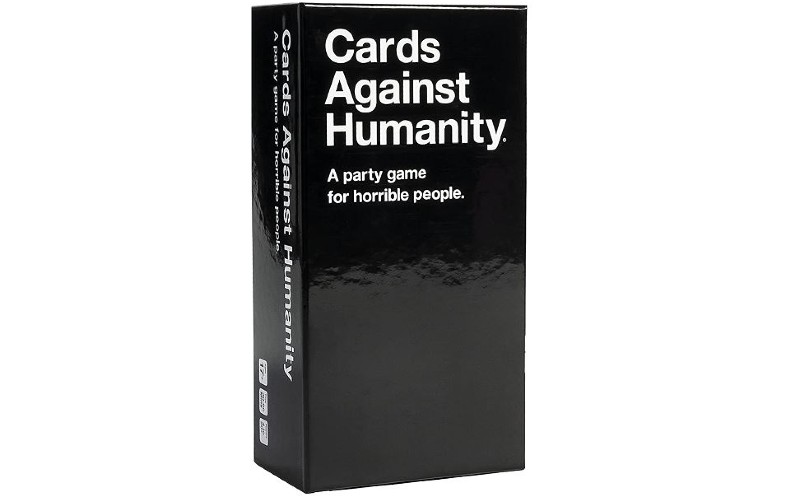According to the study by the University of California Berkeley, the school’s Institute of Governmental Studies mapped two years of cell phone usage in 52 U.S. cities and 10 in Canada, using the data to determine how much the cities and their vital downtown areas have recovered.
The bottom-ranked cities are Vancouver, British Columbia; New Orleans, Louisiana: Atlanta, Georgia; Raleigh, North Carolina; and Seattle, Washington.
In the downtown areas, where people shop and flock to restaurants, the worst downtowns are New Orleans; Detroit, Michigan; San Francisco, California; New York, New York; and Boston, Massachusetts.
Randy Sutton of The Wounded Blue tells AFN the public shouldn’t ignore the fact most of those cities are Democratic strongholds where city leaders slashed police department budgets to appease angry mobs and protesters.
“They are creating zones, if you will, of lawlessness,” he says, “by instituting policies that, in essence, forbid policing.”
In the city of Portland, the study got noticed by a CBS News affiliate, KOIN 6.
A local polling firm told KOIN 6 the public is concerned about homelessness, public safety, trash and litter, and boarded-up buildings, in downtown Portland.

Echoing Sutton’s warning, the story pointed out the downtown area ranked “close to the very bottom” beginning in September 2020 when violent nightly protests broke out.
At the top of the list of recovering cities is Salt Lake City, now at 155% of its pre-pandemic level of downtown activity. Following behind Salt Lake City are Bakersfield, California; Columbus, Ohio; Fresno, California, and Omaha, Nebraska.
“This one isn't rocket science,” he insists. “You know it's gonna happen and it's happening all across America.”







